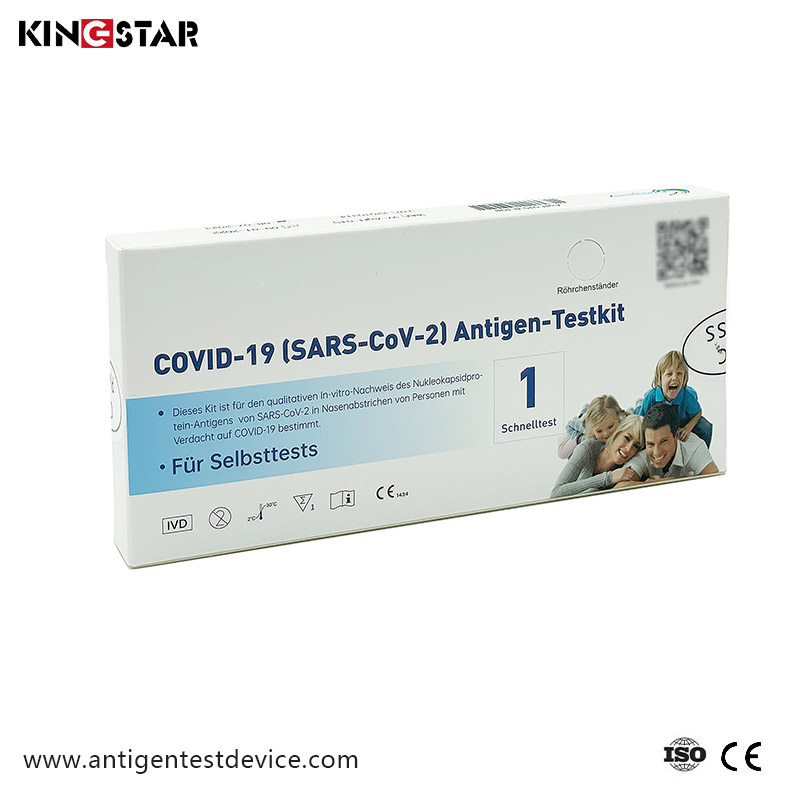How the Covid-19 Self-Check Rapid Antigen Test Works
The Covid-19 Self Test Rapid Antigen Test is a rapid diagnostic method for detecting the SARS-CoV-2 virus, the causative agent that causes COVID-19. Here's how this test works:
Sample collection: First, a sample of the nose or throat of the potentially infected person needs to be collected. These samples are usually taken with a cotton swab or swab.
Liquid extraction: The collected sample needs to be mixed with a specific extraction liquid to release the nucleic acid of the virus into the liquid. The purpose of this step is to disperse possible virus particles in the liquid for subsequent detection.
Antigen detection: Mix the extract with the antigen detection reagent in the testing device. These reagents contain antibodies that bind to antigens (usually proteins of the virus) of the SARS-CoV-2 virus. If the SARS-CoV-2 virus is present in the sample, its antigens will bind to the antibodies in the reagent.
Display of results: Test equipment usually has an indicator to display the results. This could be a display, lines appearing, or a color change. If SARS-CoV-2 antigens are detected in the sample, the test area will show a positive result, usually a line or color change. If no antigen is detected, it shows a negative result, usually no lines or color change.
The key to this rapid antigen test is the specific interaction between antigen and antibody. If the SARS-CoV-2 virus is present in the sample, its antigens bind to the antibodies in the reagent, resulting in a visible positive result. Such tests are usually able to provide results in a short time, usually within 15 minutes, so they are widely used for rapid screening and diagnosis. However, it is important to note that while these tests are highly sensitive and specific, their results still need to be confirmed by a medical professional, especially in the presence of symptoms or high-risk contacts.




